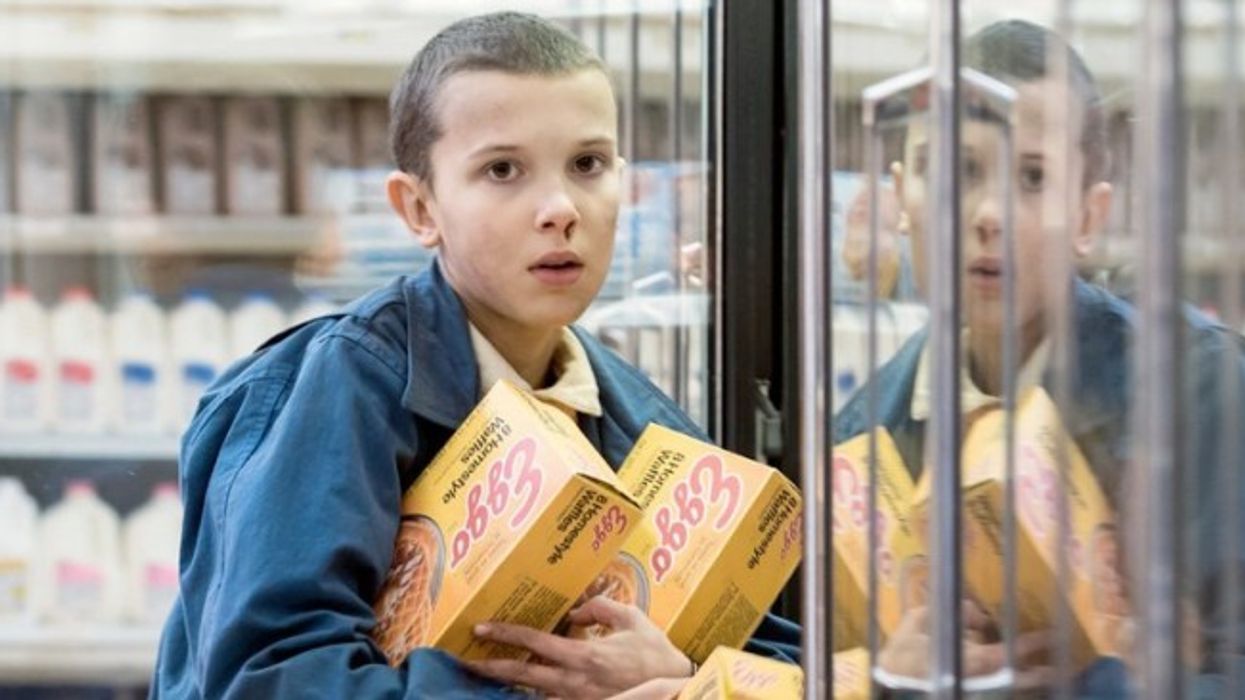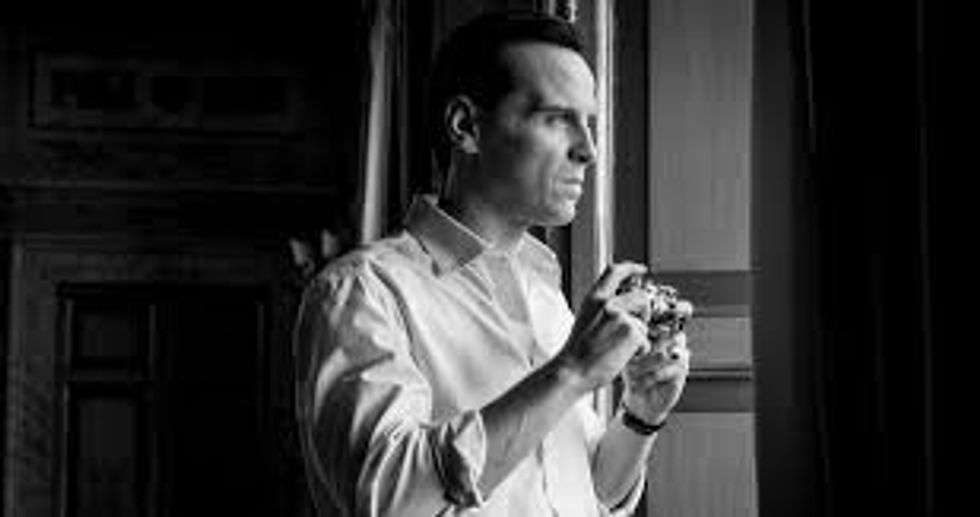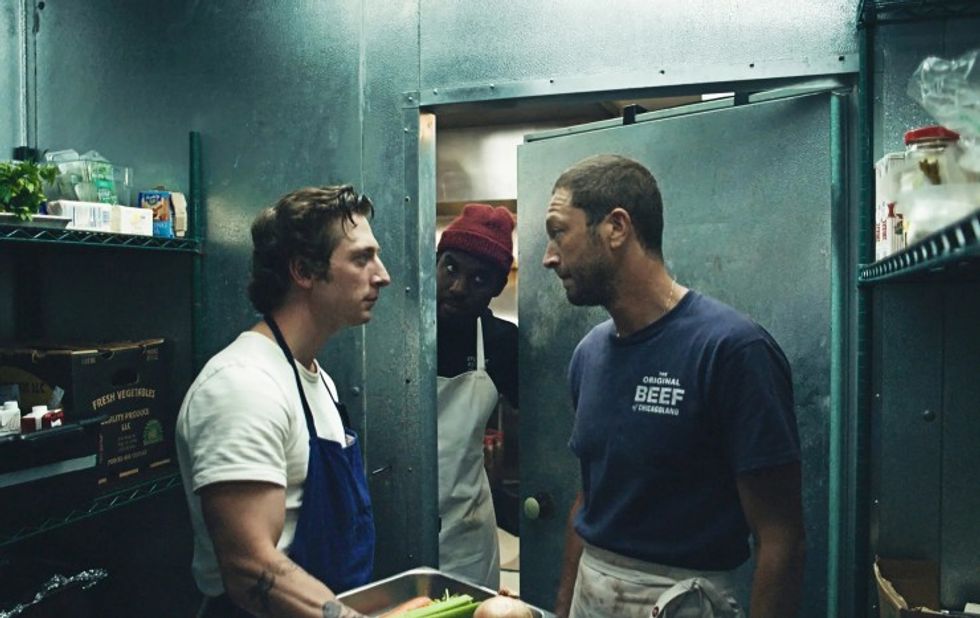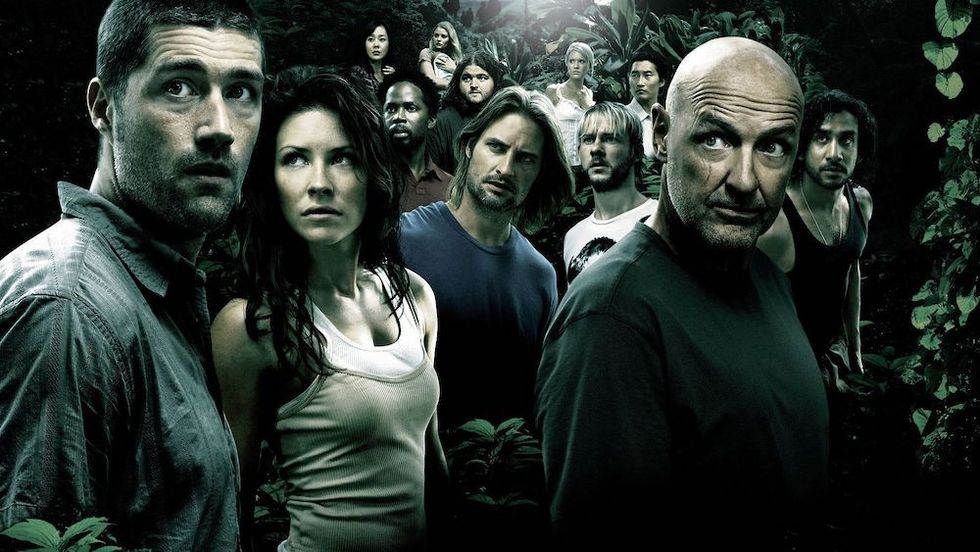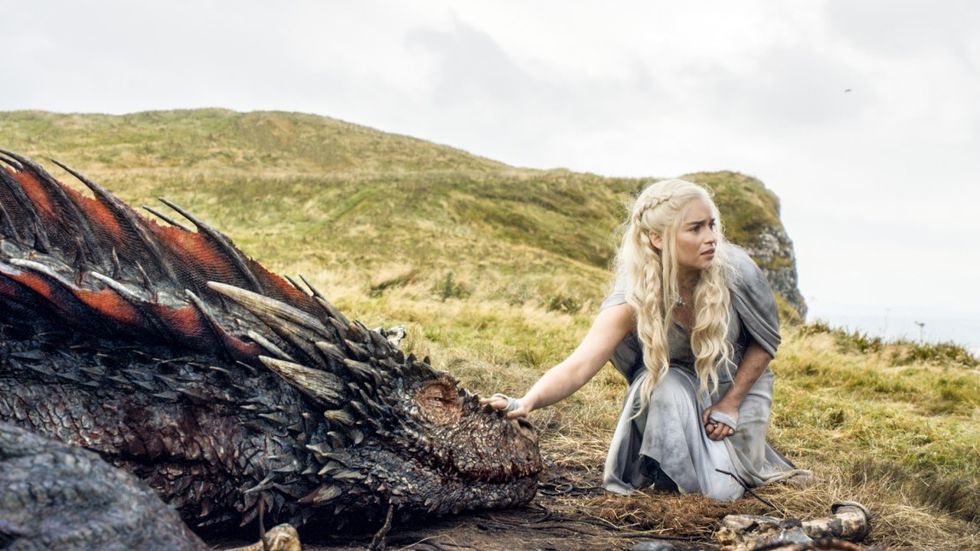Watch: Brilliant Camera and Lighting Techniques of PT Anderson's Oscar-Winning DP Robert Elswit
DP and frequent P.T. Anderson collaborator Robert Elswit is in a class of his own.
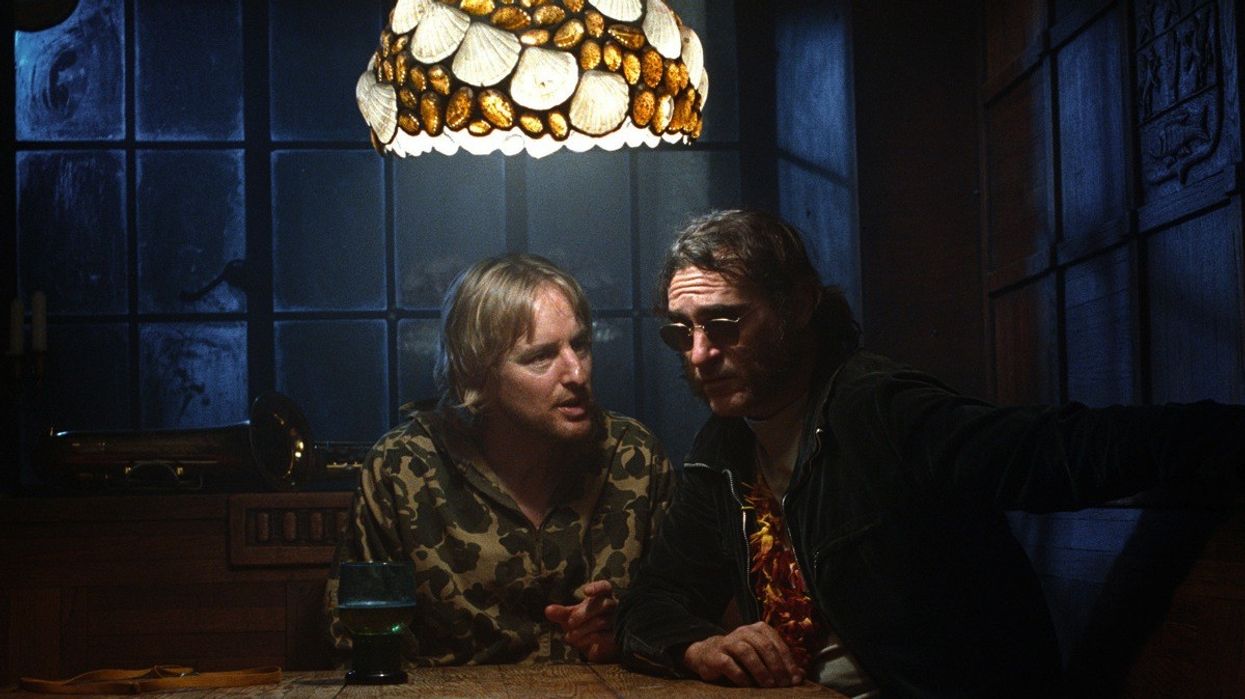
Robert Elswit's affinity for long takes, a moving camera, and anamorphic lenses give him a unique style that has made films like Boogie Nights, There Will Be Blood, and Nightcrawler so spectacular to watch. Sareesh Sudhakaran of wolfcrow delves into the techniques Elswit uses in his work, including camera movement, lighting, and more.
Robert Elswit is an interesting artist because he has managed to master both the high-budget Hollywood action flick aesthetic and the low-budget darkly funny indie aesthetic. While the flashy and smooth look of, say, Salt or The Bourne Legacy excite audiences with stylish action, the colorful and moody look of Punch-Drunk Love and Inherent Vice take audiences away to a deep, dark place inside their own psyche.

One aesthetic is more physical, while the other is emotional and cerebral.
This shows how adaptable and versatile Eslwit is as a cinematographer, traits that all hopefuls should strive to achieve. After all, DPs are there to serve the director, trying to capture their vision as best they can with cameras and light. Clearly, Elswit is dialed into the creative vein of P.T. Anderson, seeing as how he has worked on every single one of his films since Hard Eight (minus The Master).

So, if you take away only one lesson from this primer on Elswit's cinematography, maybe it should be that versatility and adaptability are two of the most important qualities of a DP—other than creativity, of course.
Source: wolfcrow
